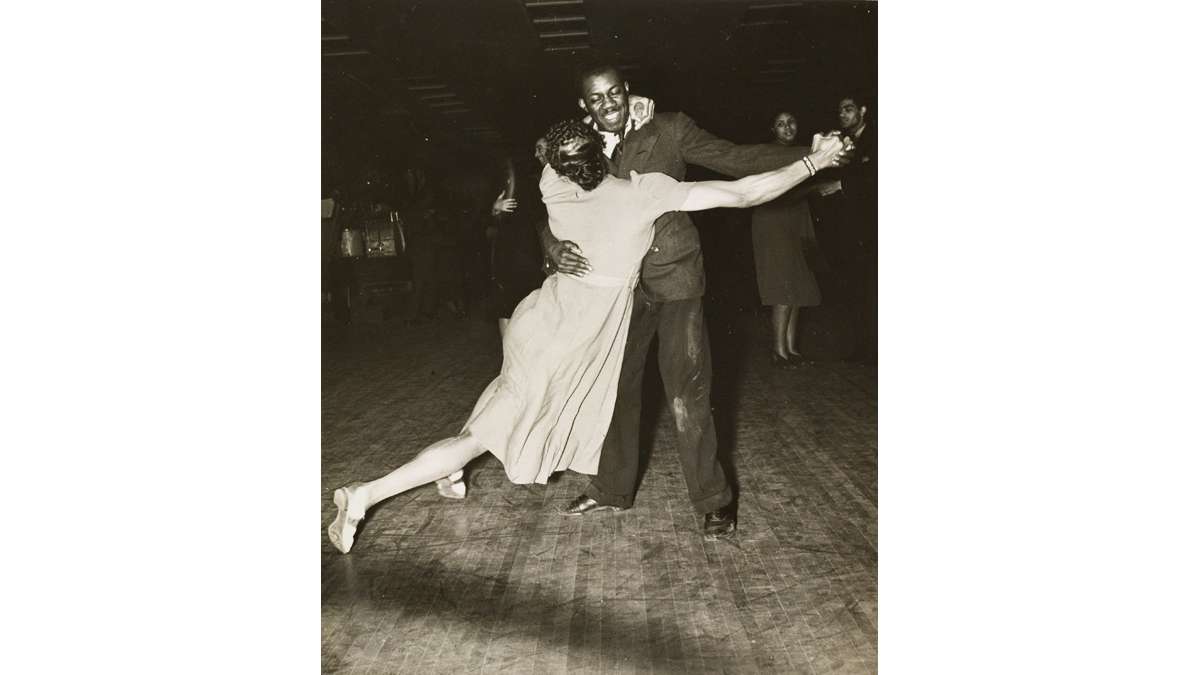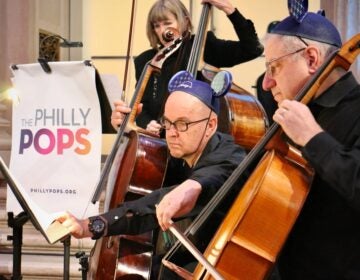Exhibit reviews how our sense of the world changed ‘in a flash’
ListenDo you remember the astounding photo of a bullet piercing an apple? It was a breakthrough in explaining the science behind velocity and mass. And it was only possible because of flash photography.
Flash photography is so common today, it’s hard to grasp the impact the technique has had on the way we see our world. A new exhibition at the Philadelphia Museum of Art explores the ways in which this new technology influenced journalism, portraiture and scientific exploration.
To achieve his “making apple sauce at MIT,” photographer Harold Edgerton used a device that has been changing how we perceive the world since the 1930s.When flashes became common on cameras in the 1940s, “we really began to see the world in those snippets that are very dramatically lit,” says Amanda Bock, curator of the exhibit titled “Artificial Light: Flash Photography in the 20th Century.”
Bock says the flash, at once portable and somewhat intrusive, enabled more revealing views of our daily life. It shed light, so to speak, on what the human eye cannot see and illuminated dark spaces where we interact, including dance clubs, hallways or poorly lit living spaces.
The street crime photos of the renowned Weegee come to mind, as well as the work of the Works Progress Administration photographers who documented poverty and social inequities in the 1930s. It’s all there in black and white. “Pictures almost have a gritty look,” Bock says about the images taken by photographers experimenting with the new technique. “Things are cast in very dark shadows, backgrounds are almost obliterated, figures in the foreground which are accentuated are very dramatically lit. There’s an element of surprise. The ability to catch someone in a very private moment, even in a very public space appeals to a wide array of artists.” The 69 photos in the exhibition explore that appeal, along with each photographer’s style and intent. The images range from ghoulish tabloid photos to precise scientific revelations.
The show willl stay at the museum through Aug. 3.
WHYY is your source for fact-based, in-depth journalism and information. As a nonprofit organization, we rely on financial support from readers like you. Please give today.










